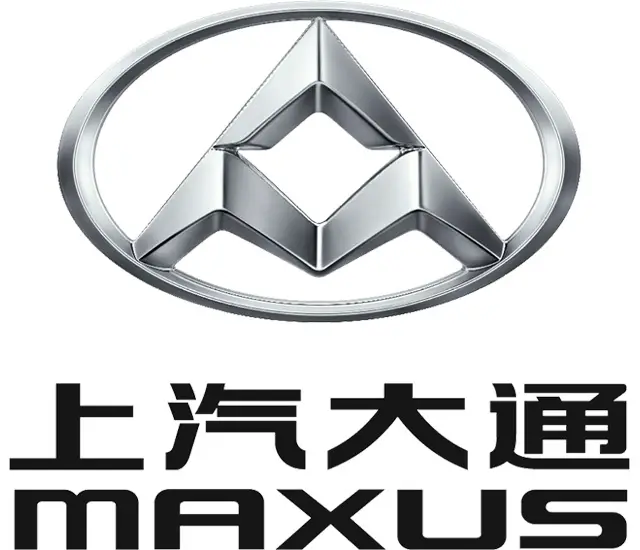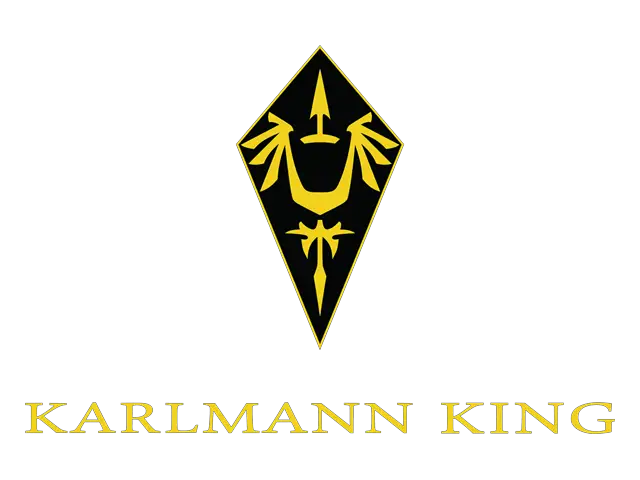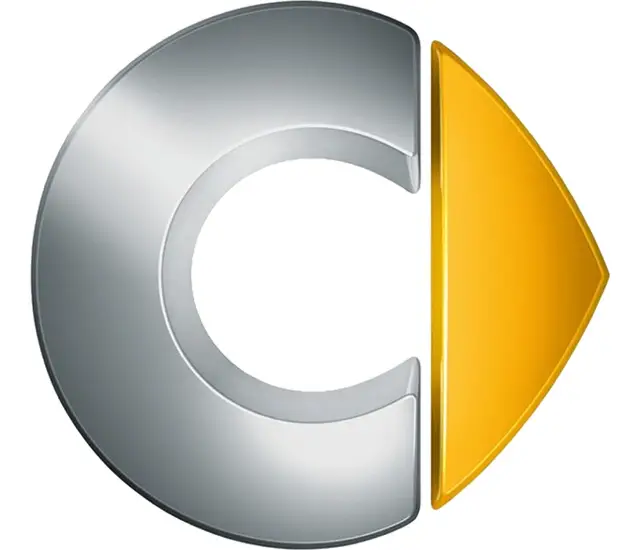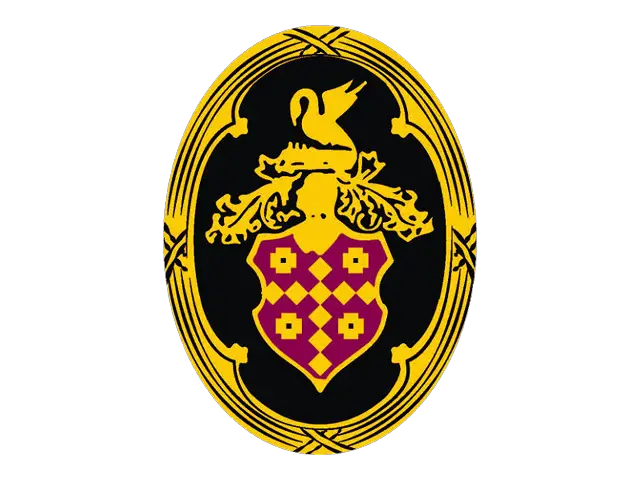maserati Logo - History, Design, and Meaning

Company Overview
Maserati is a renowned luxury car brand founded in Italy in 1914, recognized as one of the world's leading manufacturers of high-end automobiles. Since the early 1990s, the brand has been owned by Fiat Chrysler Group and has a presence on all continents.
Key Information
- Founded: 1914
- Founder(s): Alfieri Maserati
- Headquarters: Modena, Italy
maserati Logo Meaning and History

Maserati's logo has featured the iconic Neptune Trident since the 1920s, symbolizing the pinnacle of the automotive industry. This emblem was chosen by the Maserati brothers as a tribute to their hometown, Bologna, and its famous Fountain of Neptune.
The logo first appeared in 1926, consisting of a silver metal vertical rectangle with a detailed trident and a thin, modern sans-serif wordmark beneath it.

In 1937, the logo was redesigned to include an oval within the rectangle, with a simpler, bolder trident and the wordmark at the bottom of the oval, separated by a horizontal line.

The 1943 redesign introduced a new color scheme, featuring a red trident on a blue oval, with a white rectangular badge displaying the brand name in solid, extended capital letters, all outlined in silver-gray.

In 1951, the badge was updated again, with the red trident placed inside an oval divided into a large white section for the image and a smaller blue section at the bottom for the wordmark, outlined in blue.

The 1955 refinement involved darkening the blue shade and enlarging the bottom blue part of the oval, making the lettering more prominent.

A short-lived logo introduced in 1983 featured a simplified light blue trident on a white background with a bold black inscription, outlined in black for balance.

The 1985 version returned to the 1954 badge design, with refined lines and contours. The wordmark was now in an elegant, lightweight sans-serif typeface, conveying style and luxury.

In 1997, all badge elements were enlarged and refined, with the shape becoming a narrow oval and the wordmark adopting a bolder typeface for a balanced appearance.

The 2006 update extended the bottom blue part of the oval and made the red trident more delicate. The wordmark switched to a serif typeface, with sharp serifs resembling the trident's points.

The 2006 redesign added a three-dimensional effect with gray gradient shades, slightly reducing the letter size but maintaining a balanced look.

The 2015 redesign simplified the logo to a flat emblem without framing, featuring a massive logotype and a trident above the letter 'E', all in dark gray.

In 2020, the logo was redesigned with a black-on-white color scheme, slightly modifying the trident's contours for sharper lines. The wordmark was changed to a custom cursive style, with letters connected at the bottom, suggesting speed and progress.

Interestingly, the original logo featured a heterogeneous trident base, with the Neptune staff transitioning into a trident separated by triple lines, symbolizing perfection and harmony. This element has persisted in the logo's evolution.
The Maserati symbol dates back to 1909 or 1914, when the family business, Società Anonima Officine Alfieri Maserati, adopted the original trident logo.

The deep symbolism of the trident, representing Neptune's power over the sea and wind, has been preserved throughout Maserati's history, making it a competitive threat to other sports car manufacturers.
The original Maserati emblem was a vertically elongated oval, with minor changes over time. A brief alteration introduced smoothed corners to resemble classical heraldic forms.

Italy and Germany have long competed in sports and racing cars, with Maserati and Mercedes often sharing victories in the 1920s and 1930s, despite Maserati being a small private manufacturer.
The latest Maserati emblem version adds volume, with shadows emphasizing its three-dimensional nature.
The Maserati logo's font has varied over the years but has consistently featured white lettering on a blue background, maintaining a slender appearance.
The original emblem was black and white, with a black trident on a white background. It quickly evolved to include blue and red, with the lower third of the oval in blue and the trident in red, achieving a dignified and aristocratic look.

The original emblem of the Maserati was black and white – black Trident located on white background. However, quite quickly, the image became two-toned - the lower third of the oval received a blue fill, where the font name of the brand was placed. The Trident became red, and subsequently changed only the shades of these basic colors. Moreover, for a short time the background of the logo was also colored – ivory. However, later the company refused such additional color load. The combination of blue, white and red colors was more than enough to achieve the main objective of the logo – to attract attention while emphasizing the dignity and aristocracy of the brand.
What inspired the Maserati logo?
The iconic Maserati logo was inspired by the beautiful Fountain of Neptune, located in the center of Bologna, the city, where the founder of the brand, Mario Maserati lived. The Neptune on the fountain was holding a trident, which became the main symbol of the automaker and an inevitable part of its visual identity.
Where did the Maserati logo come from?
The logo of the Italian luxury automaker was originally created by the company's founder, Mario Maserati, and redesigned several times throughout the years, getting a more modern and distinctive shape. As for the initial idea of the badge design, it was inspired by the Fountain of Neptune, one of the landmarks of the Italian city Bologna, the Maserati motherland.









